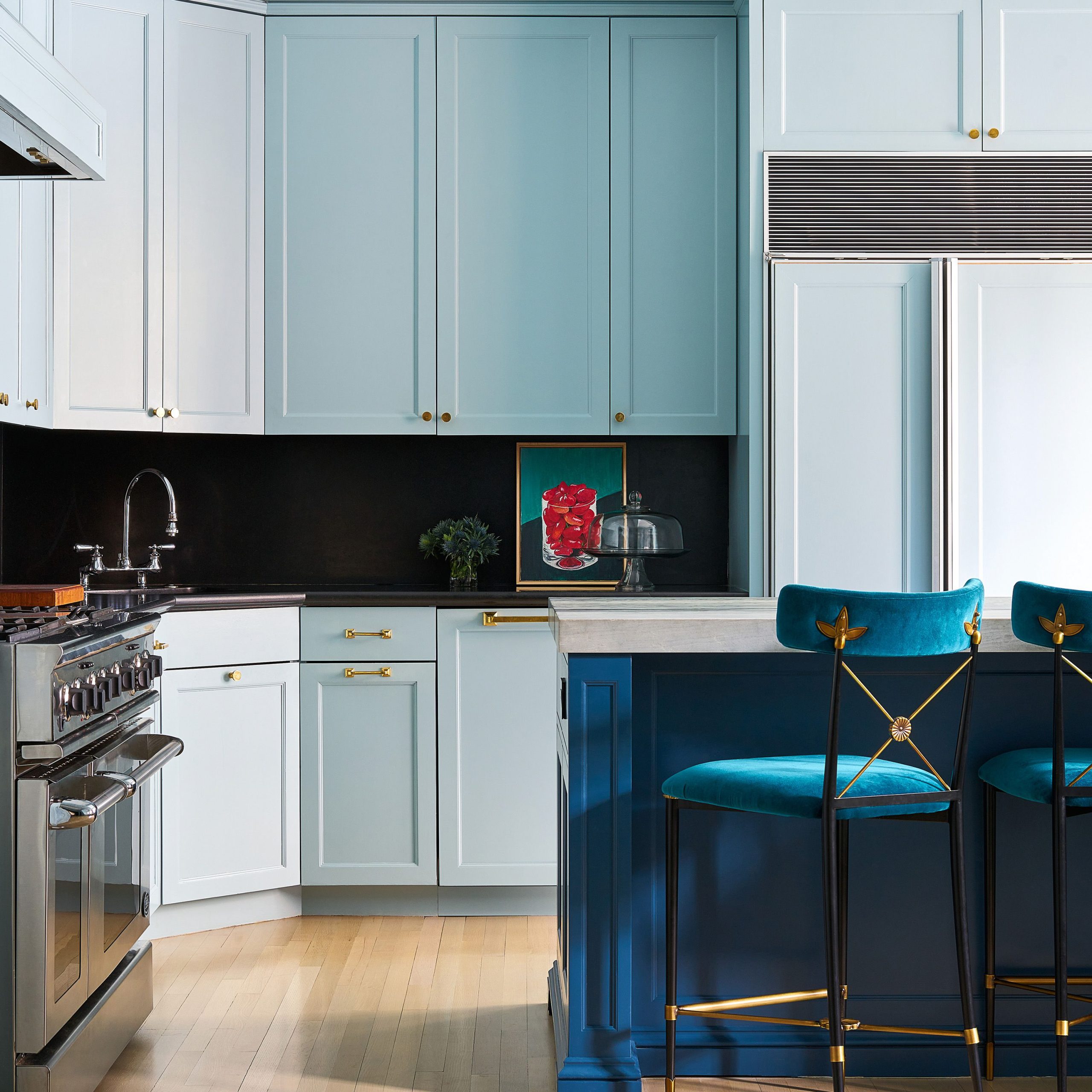Introduction
The global design industry has been captivated by the Nordic aesthetic for several years, with Scandinavian designers and brands dominating the world stage. But what makes Nordic design so distinctive and appealing? In this article, we will explore the unique characteristics of Nordic creative, from its minimalist approach to its emphasis on sustainability.
Minimalism: Less is More
One of the defining features of Nordic design is its minimalist approach. Nordic designers often adopt a “less is more” philosophy, using simple forms and a limited color palette to create sleek and timeless designs. This approach is influenced by the region’s long winters and short summers, which have historically led to a focus on creating warm and functional interiors that are suitable for all seasons.
The Norwegian designer Peter Opsvik, for example, has become internationally renowned for his simple yet innovative designs that prioritize functionality over form. His iconic “Tripp Trapp” chair, designed in 1972, has become a staple in many homes around the world. Its simple design and adjustability have made it a favorite among parents and children alike.
Hygge: The Art of Coziness
Another cornerstone of Nordic creative is the concept of “Hygge”. Hygge is a Danish term that roughly translates to “coziness” and “contentment”. For Nordic people, creating a cozy and inviting atmosphere in the home is essential for well-being, especially during the long winter months.
Hygge can be seen in the use of natural materials, such as wool and wood, and the integration of soft lighting and candles into interior design. The Danish brand “Muuto” is well-known for its emphasis on creating a warm and inviting atmosphere in its products, such as its “Fiber” chair, which combines a minimalist aesthetic with comfortable padding and soft curves.
Sustainability: A Commitment to the Environment
Finally, Nordic design is characterized by a strong commitment to sustainability. Nordic countries have a long history of environmental stewardship, and designers are encouraged to incorporate eco-friendly materials and production methods into their work.
The Swedish brand “Nudie Jeans” is an excellent example of the Nordic commitment to sustainability. The company prides itself on using organic cotton and recycled materials in its products, and it encourages customers to repair and recycle their clothing rather than dispose of it. This ethos has resulted in a loyal following among those who value sustainable and ethical fashion.




